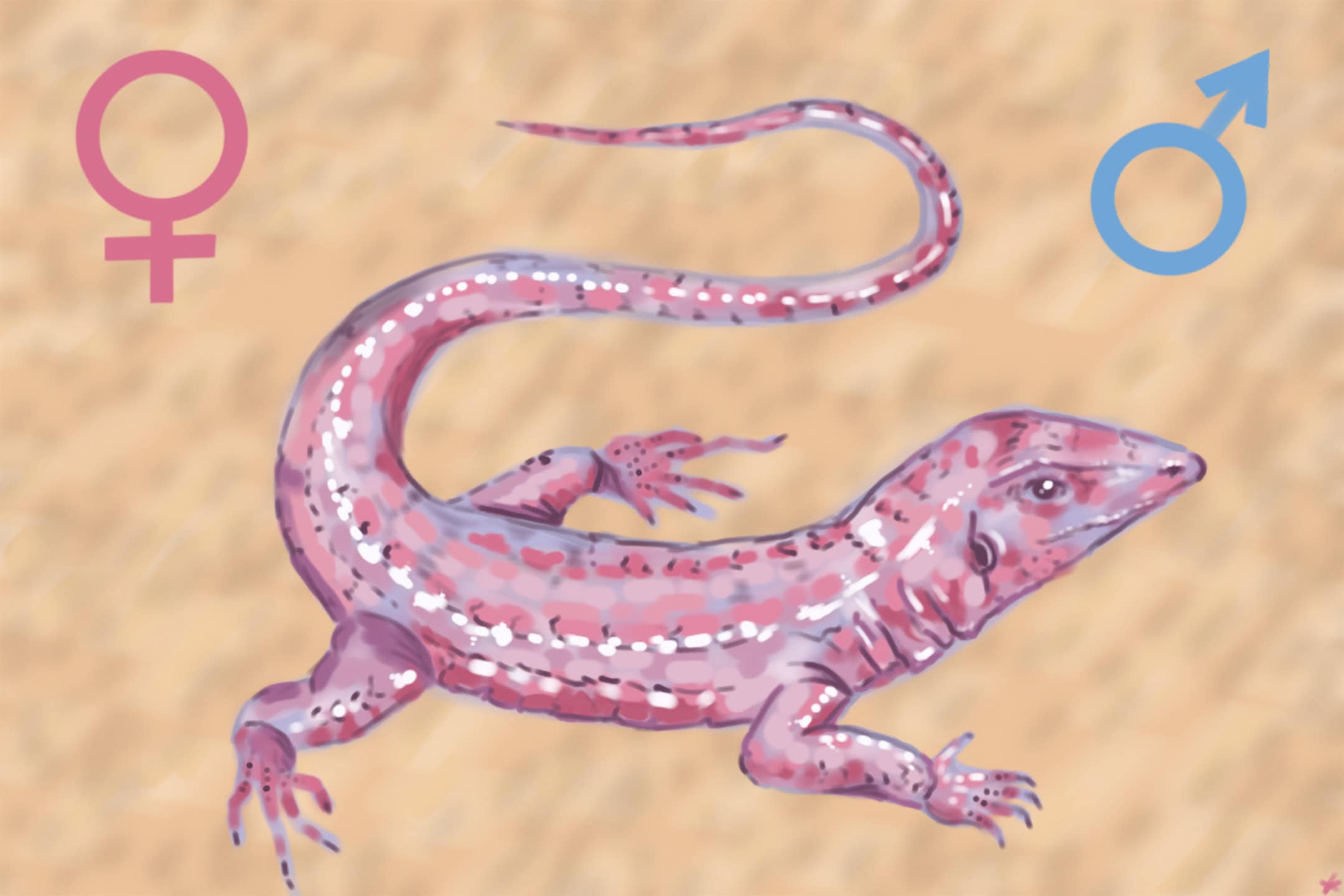Who says love is only heterosexual?
Animals of all shapes and sizes engage in same-sex behaviours — from playful pairings to lifelong partnerships — showing that diversity in sexual relationships is not just a human invention.
Homosexual behaviour is a well-documented phenomenon across the animal kingdom, as it is observed in hundreds of different species. Homosexual behaviour is widely considered to be a ‘Darwinian paradox,’ which suggests that while nature selects traits that benefit survival and reproduction, many species exhibit behaviours that seem to have no evolutionary advantage.
These behaviours are not exclusive to mammals but are also found in invertebrates like insects and other vertebrates like fish, birds, and reptiles. The reasons behind homosexual behaviours are still being debated by scientists, but a Nature study from 2023 analyses a few hypotheses.
Exploring possible explanations for same-sex mammal behaviour
The study, published in the scientific journal Nature Communications by José Gómez and colleagues at the University of Granada, Spain, explored several hypotheses, including the need for social bonding — where same-sex relationships play a role in strengthening social ties within groups, enhancing cooperation between groups, and overall reproductive success.
Another study by Kimberly Jennings at Stanford University also discussed hormonal influences, where hormonal level fluctuations in the brain propel sexual behaviour in mammals as a biological urge irrespective of the partner’s sex. They also explored same-sex behavior in mammals as practice for other heterosexual encounters, to maximize the chances of reproductive success and breeding.
Finally, they explored same-sex behaviours as an adaptive by-product in evolutionary mechanisms, where it might be a result of genes otherwise beneficial for the survival or reproduction of the species.
The researchers adopted various techniques to investigate the likelihood of these hypotheses, such as extensive literature reviews of historical and current occurrences of same-sex relationships in different species, field observation experiments of such relationships in their native habitats, and individual hormonal level testing to detect a correlation in breeding natures.
Same-sex sexual interactions: Current findings
The results from these experiments depict a historic tapestry of relationships in nature. The researchers observed same-sex sexual interactions in over 1,500 mammalian species, suggesting that it is a common phenomenon in nature.
In many of these species — including species with very high genetic similarity to humans like bottlenose dolphins and bonobos — same-sex interactions appeared to strengthen social bonds and reduce group conflict, supporting the social bonding hypothesis. Moreover, fluctuations in testosterone and estrogen levels were correlated with increased same-sex behaviour in some species of certain genders such as rams and female macaques.
While not entirely substantiated, there are some minor indicators toward the theory that homosexual relations could be a ‘practice’ to ensure reproductive success. The study found that same-sex sexual behaviour was more prevalent in species where males compete for mates, suggesting that same-sex sexual behaviour may very well be practiced for mating skills or it could be used to establish dominance over other males. Certain genetic markers were also associated with a higher likelihood of same-sex behaviour, suggesting a potential evolutionary basis for this characteristic.
What do lizards, dolphins, and macaque monkeys have in common?
Beyond this study, there are many instances of non-heterosexual relations between animals in various species of the animal kingdom, including whiptail lizards, bottlenose dolphins, Laysan albatrosses, and Japanese macaques to name a few. The researchers’ findings challenge simplistic notions of sexual behaviour in animals and highlight the complexity of nature’s approaches to reproduction and social interaction.
This research directly contributes to a more nuanced understanding of evolution in and around animal behaviour. Thus, it challenges us to reconsider our assumptions about the purpose and expression of sexuality in the natural world. Same-sex relationships within the animal kingdom are a reminder that love is a complex and beautiful thing, and hardly binary by any standard.
So let’s embrace the diversity of love in all its forms and celebrate the fact that love knows no boundaries — not even in the animal kingdom.



No comments to display.